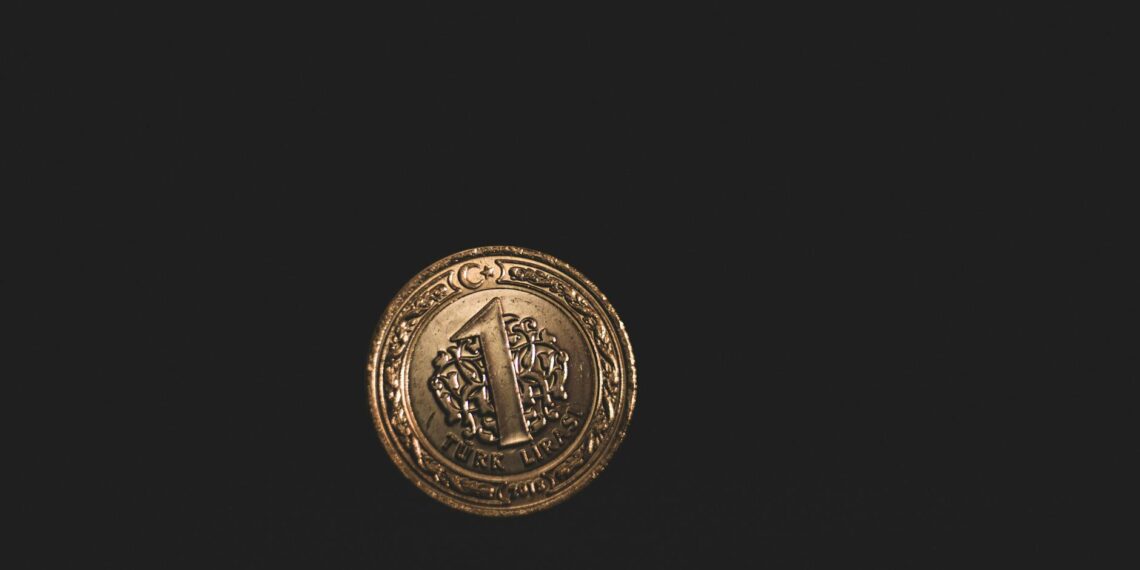In the military, particularly within the United States, a “command coin” is essentially another term for a “challenge coin”.
- Symbol of Unit Identity and Morale: Challenge coins are small medallions, often bearing an organization’s or unit’s insignia or emblem. They’re carried by members to symbolize unit identity and esprit de corps (shared morale and pride).
- Recognition and Achievement: Commanders and other senior leaders use challenge coins to recognize and honor service members for exceptional performance, hard work, and going “above and beyond” expectations. They can also be given to non-military personnel for outstanding service or support.
- Commemoration: Coins are frequently issued to mark special events, missions, anniversaries, or meetings with important leaders.
- Camaraderie and Belonging: Carrying a coin helps foster a sense of shared purpose and connection among members of a unit or organization.
- The “Challenge” or “Coin Check”: This is a key tradition associated with these coins. If a member initiates a “challenge” (by tapping their coin on a surface or verbally announcing a “coin check”), others present who have the same coin must produce theirs within a specified time (often 15 seconds).
– Consequences: If someone fails to produce their coin, they typically owe a round of drinks (or another agreed-upon consequence) to the challenger and anyone else who presented their coin.
– Challenger’s Responsibility: If everyone challenged can produce their coin, the challenger is usually responsible for buying the round.
– Accidental Challenge: Dropping your coin and having it make an audible sound also constitutes initiating a challenge.
The exact origin of the challenge coin is debated, but popular theories and stories point to:
- World War I: A widely shared story involves a wealthy American lieutenant who ordered bronze medallions for his squadron. One pilot, shot down and captured, used his medallion to prove his identity to French soldiers and avoid execution, [according to the U.S. Department of Defense].
- Vietnam War: Another account suggests the “challenge” aspect originated in bars where soldiers had to prove combat experience with items like bullets or unit insignias on coins.
- Post-WWII Germany: American soldiers adopted the German “pfennig check” tradition, replacing the pfennig with unit coins.
- The tradition of challenge coins has spread beyond the military to other organizations like police and fire departments, government agencies, businesses, and even non-profit groups.
- The practice of presidential challenge coins began with President Bill Clinton.
- They are also used for fundraising and as tokens for donors.











What does it mean if a commander gives you a coin?
Great question! The Commander’s Coin for Excellence is more than just a piece of metal; it symbolizes recognition and appreciation from a commanding officer. Receiving this coin signifies that the recipient’s efforts have not gone unnoticed and that their contributions are valued at the highest levels of leadership.
What does it mean when a military person gives you a coin?
Challenge coins are small medallions that represent an achievement, membership, or affiliation to a specific group. In the military and veteran community, they often symbolize a special event or mission, anniversary, meeting with a leader, or affiliation with a unit.
What does it mean when a cop gives you a challenge coin?
For many officers, receiving a challenge coin is seen as an acknowledgment of their hard work and dedication to the job. In some cases, challenge coins are also given to public members to say “thank you” for their support.
What do you do if someone gives you a challenge coin?
Great question! Challenge Coin Rules
You may also place it or strike it on a hard surface such as a table. If you accidentally drop your coin and it makes an audible sound it is still considered a challenge. The response consists of all those present responding in a like manner within 15 seconds.